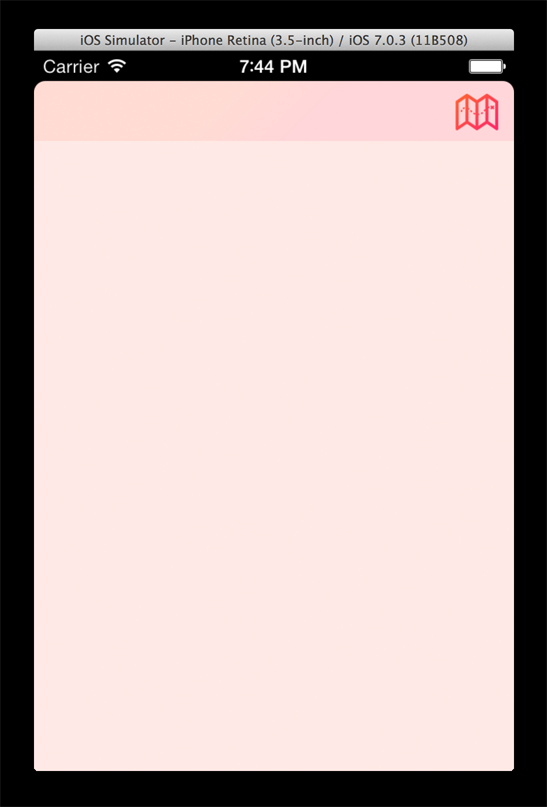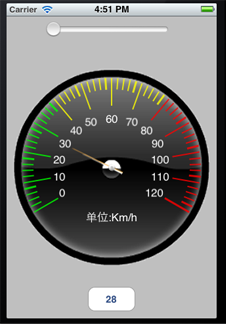ios多線程的簡單例子
編輯:IOS開發綜合
剛接觸ios開發半個月,對多線程的理解還很淺。今天做了一個簡單的需求,也記錄一下
在網上看到一個帖子,說ios平台實現多線程可以使用不同層級的API,有比較底層的NSThread,也有GCD等方式。我今天用的是performSelector方法
需求是在子線程裡進行耗時的操作(文件讀寫,上傳等),UI裡展示一個進度條,當子線程的任務完成,通知主線程關閉進度條(刷新UI)。以下是代碼:
主線程發起子線程調用:
-(void) listenLogoutStartEvent:(NSNotification*) notification
{
UIActivityIndicatorView *indicator = [[UIActivityIndicatorView alloc]initWithActivityIndicatorStyle:UIActivityIndicatorViewStyleGray];
indicator.center = self.view.center;
[self.view addSubview:indicator];
[indicator startAnimating];
[delegate performSelectorInBackground:@selector(doLogout) withObject:nil];
}上面的performSelectorInBackground就是開啟一個子線程,這樣子線程裡的工作就不會阻塞UI Thread。下面是子線程裡運行的代碼:
-(void) doLogout
{
// 檢測網絡
// 備份
[backupDelegate doBackup];
// 向server發起注銷請求
// 清除本地登陸數據
[self clearLocalData];
// 通知MainViewController注銷完成
[[NSNotificationCenter defaultCenter] postNotificationName:LOGOUT_DONE object:self userInfo:nil];
}上面的代碼完成工作以後,會廣播一個LOGOUT_DONE的notification。由於在MainViewController裡偵聽了這個事件,所以接下來代碼就會走到MainViewController的偵聽方法裡。這裡並不涉及線程,如果不用事件的方式,而是直接調用MainViewController裡的偵聽方法,效果也是一樣的。事件不引起線程切換,只是為了降低組件耦合
下面是ViewController裡偵聽事件的方法:
-(void) listenLogoutDoneEvent:(NSNotification*) notification
{
[self performSelectorOnMainThread:@selector(quitApp) withObject:nil waitUntilDone:NO];// 在quitApp方法中刷新UI
}上面調用了performSelectorOnMainThread方法,在UI Thread中調用quitApp方法
從以上的示例代碼可以總結出2點:
1、在ios平台,用performSelectorOnMainThread和performSelectorInBackground方法,可以靈活地在主線程和子線程之間切換,而且API也很簡單,似乎是一種很好的方式
2、組件的方法本身不需要考慮線程,由調用者(一般是ViewController)來決定其執行的線程,是一種很好的模式
相關文章
+- [安卓筆記]touch事件的分發和消費機制
- iOS 圖片加載 圓形進度條
- IOS TextFiled與TextView 鍵盤的收起以及處置鍵盤遮擋
- The apps Info.plist must contain an NSPhotoLibraryUsageDescription key with a string value expl
- ios修改NavigationController的背景顏色
- iOS中使用內添加指紋辨認的實例代碼
- iOS中關於信鴿推送的使用demo詳解
- iOS學習筆記2—關於tableView的一些簡單操作
- iOS 6中regionThatFits函數的兼容性問題
- IOS開發(27)之UITableView的Cell顯示長按快捷菜單




